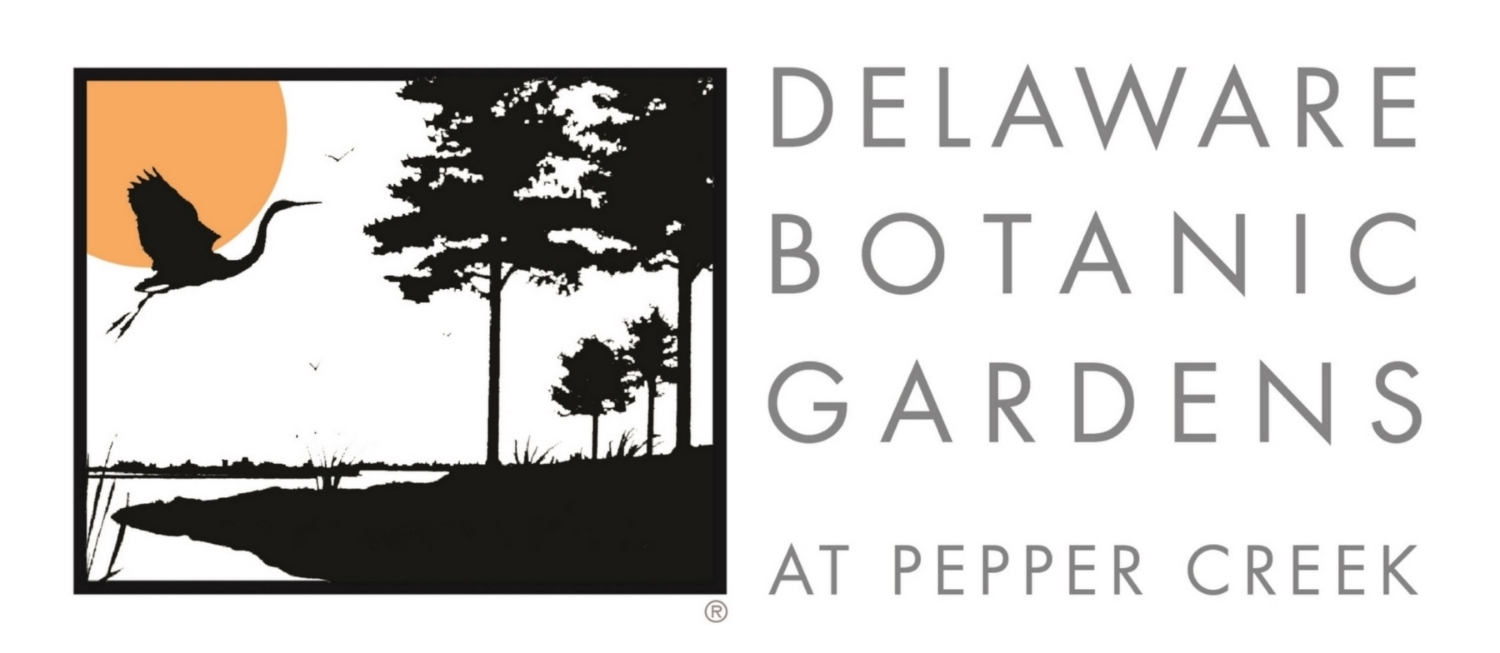A public garden
is not only a community benefit,
it is also an economy-building machine.
“More people visit gardens every year than Disneyland and Disney World combined.”
Americans spend more on gardens and garden tourism than on any other leisure activity, including the total of all sports. Besides adding to our quality of life on Delmarva and to the education of our children, the Delaware Botanic Gardens will bring a large ecotourism benefit. For a modest investment, public gardens provide year-round enjoyment as well as significant economic benefits and employment for their surrounding communities, including enhanced property values.
Growing our region
Construction and continuing operations of the Delaware Botanic Gardens will generate much-needed business and tax revenue, create new permanent jobs in Sussex County, enhance the region’s already strong tourism offerings, and contribute considerable educational benefits.
Economic impacts
Forecasting about two years of development and construction and five years of initial operations, the total DBG economic impact over just this period will reach $36 million, according to a financial impact analysis prepared by Rockport Analytics LLC (October 2014). Spending by DBG visitors from outside Sussex in particular will bring new net income to the local economy. The attraction’s operational and marketing expenditures, as well as ancillary spending by visitors, will add nearly $32 million to the state's GDP, creating a steady stream of revenue, jobs, payroll, and tax receipts. Taxes initiated by the gardens will total $7.2 million over the first five years, with about $2.6 million of that going to state and local authorities. Every 51 visitors from out of the area will generate enough state and local tax revenue to educate one Delaware public school student for a full academic year.
Employment effects
Construction of the garden is expected to result in a $4 million economic impact, $3 million of which will accrue to Sussex construction firms (direct) and their local suppliers (indirect). It will support 50 direct jobs, an average of about 17 per year over a three-year construction period. Supply-chain firms in Sussex County will employ 10 more employees (measured in full-time equivalents) and will support another 10 county jobs. Ongoing operations during the first five years will also support an average of about 118 jobs per year, at the gardens and at local businesses. By the end of its first five years, the figure will rise to 178 jobs per year in Sussex, with an average salary of $39,000 per. The garden’s payroll will include 75 of those workers.
Tourist dollars
Ecotourism is one of the fastest growing segments in the U.S. tourism industry. As the the only garden attraction of its kind on the southern Delmarva peninsula, the Delaware Botanic Gardens will help strengthen and diversify Sussex County’s cultural and tourism offerings—expanding its number one employer, the tourism sector. With the county’s growth has come greater demand for more and better cultural, recreational, and educational opportunities. Some 4 million tourists already visit the nearby Delaware and Maryland beaches each year. Attendance at the gardens is assumed to rise from 31,500 in the first year of operations to nearly 200,000 per year by 2021. In addition to on-site expenditures, visitors will bring an expected $19 million in new spending to Sussex hotels, restaurants, and retail shops. Weddings, holiday light shows, hosted meetings, and educational programs in the gardens will only add to the site’s attractiveness to these visitors.
Click here for the complete Rockport Analytics report
Educational benefits
The Delaware Botanic Gardens will be a living classroom where kids get to play, manipulate their environment, and use their imaginations. Its exhibits and a separate children’s garden will supplement in-school learning, extending the reach of our local schools without cost to the county or the state. The garden will get children back outside, where they belong, and emphasize learning through active involvement with nature. Guided ecological trips of the estuary will inform them about their local environment. Storytelling will convey lessons about nature. From structured group programs—school trips, summer camps, scouting forays, teen workshops—to personal family visits, hands-on and interactive learning will happen here without the kids’ even realizing it.
“This is a win-win situation. The local economy gets a shot in the arm if all goes as planned, open land will be preserved in the form of a beautiful botanical garden and young people will get an education on the natural beauty that helps make this area what it is for so many of us.”
Banner photograph: The water of Pepper Creek is a defining feature of the site. Photograph by Ray Bojarski.









